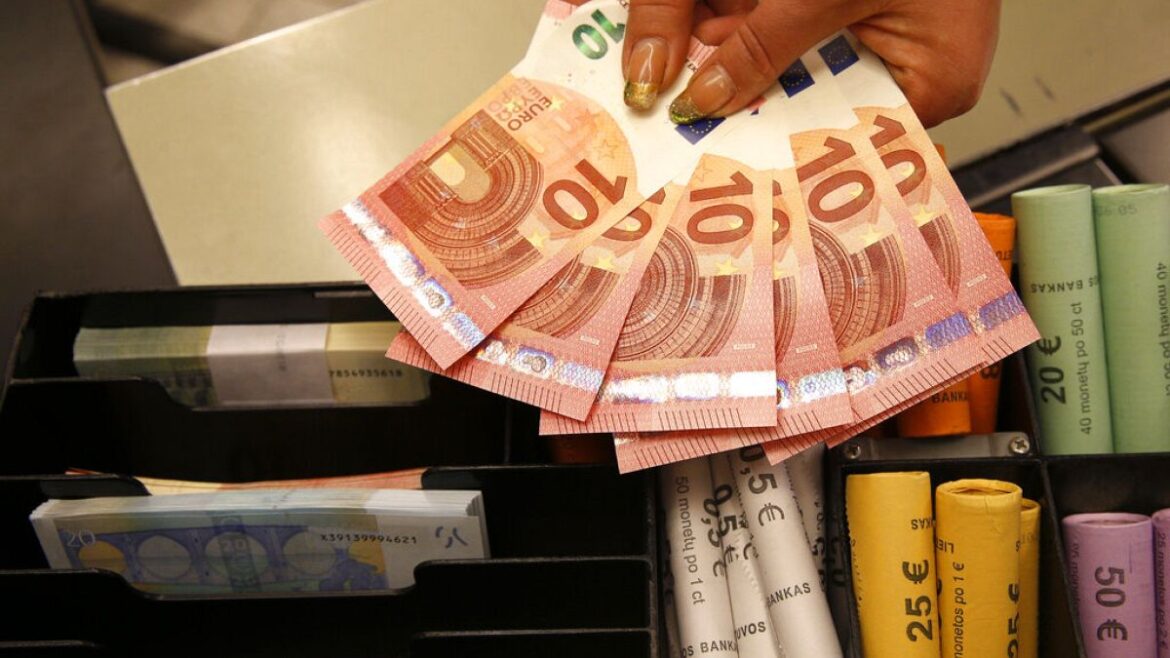On January 1, 1999, Europeans took a crucial step in the construction of the single European currency. Eleven states adopted the euro which would only become truly tangible three years later.
It was 25 years ago. On January 1, 1999, the European Economic and Monetary Union (EMU) reached a crucial milestone. The euro became the legal currency of the first eleven member countries of the euro zone.
A change that is still imperceptible for Europeans, but not for States and businesses. In the books of accounts, national currencies then officially became subdivisions of the euro on the basis of a fixed exchange rate accompanied by a principle of double accounting. For the record, in France, 1 euro was calculated on the basis of 6.55957 French francs.
The second step, the most palpable, will not be reached until January 1, 2002: that day twelve countries voluntarily and formally abandoned their national currency in favor of the euro, in the form of notes and currency accessible to all Europeans.
As early as the 1970s, the idea of a single currency was already under debate. However, it was only after the fall of the wall and the collapse of the communist regimes that the question of a single currency arose, especially after the reunification of the two Germanys.
It was the Treaty of Maastricht which sealed the destiny of the Europeans in 1992 by triggering the EMU process with “term” the adoption of a single currency whose name “euro” was decided by the European Council in 1995.



